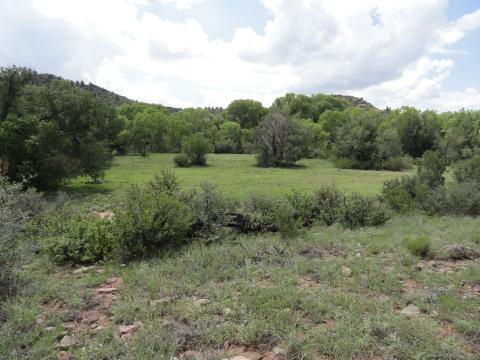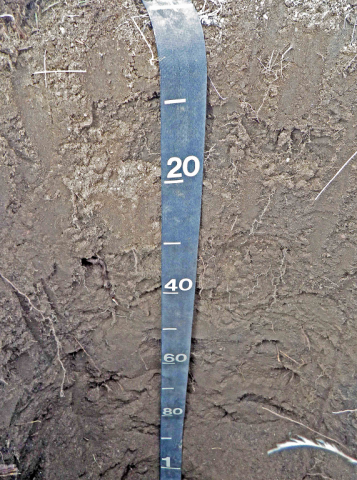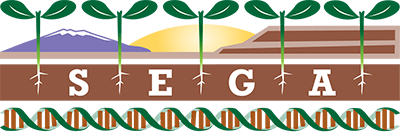You are here
Walnut Creek

The Walnut Creek Center for Education and Research (WCCER) host the Walnut Creek garden at an elevation of 5,100 ft. Two perennial streams, Walnut Creek and Apache Creek, flow through the property. Habitat includes riparian deciduous forest with adjacent interior chaparral and pinyon-juniper communities. Old-field habitat is also found on the property which was once a homestead.
Background:
The Prescott National Forest established the Walnut Creek Station in 1908 to serve as the District Ranger Station for the northwest quadrant of the forest. The station worked with the nearby Hyde Mountain fire lookout to undertake fire-suppression activities. During the 1930s, the station was used as a camp by the Civilian Conservation Corps (CCC), which built the ranger’s residence (1934) and the multipurpose building (1936). By 1995, the District Ranger office had been moved to the nearby community of Chino Valley, Arizona, and fire suppression logistics were moved to Prescott. By 1996, the station was essentially abandoned. In 1999, WCCER entered into lease agreements for the Walnut Creek site with the Prescott National Forest.
Amenities:
On-site amenities include an indoor classroom and ample space for camping. Running water and power are available. Communication is by cell phone and a two-way satellite internet connection.
Site Characteristics Table
Garden name: Walnut Creek
County: Yavapai County, Arizona
Latitude and Longitude: 34.92, -112.84
Nearest city: Prescott, Arizona (~40 mi.); extensive travel on dirt roads
Elevation: 5,141 ft (1,567 m)
Annual Mean Air Temperature: Minimum 37.4°F (3°C) - Maximum 71.6°F (22°C)
Annual Mean Precipitation: 15.6 in (397 mm)
On-site manager: Yes
Overnight housing: Yes, camping; Contact Walnut Creek Center for Education and Research to make reservations
Water source: Well and storage tank
Water availability: Year-round
Dominant vegetation type: Mature walnut trees along riparian habitat, pinyon-juniper woodland, grass dominated old-fields habitat
Weed species: horehound, field bindweed
Mammalian herbivores: Elk, deer, pronghorn, javalina, rabbits, small rodents
Cell phone service available: No.

Soil: Sandy loam
A former field with grasses and shrubs is surrounded by riparian deciduous forest with adjacent interior pinyon-juniper chapparal.
Total number of species: 87
Dominant species: Pinus Ponderosa (Ponderosa pine), Juniper osteosperma (Utah juniper), Quercus emoryi (Emory oak), Pascopyrum smithii (Western wheatgrass)
Main associates: Ericameria nauseosa (Chamisa/rabbitbrush), Prunus serotina (black/wild cherry), Forestiera pubescens (elbow bush)
Theme by Danetsoft and Danang Probo Sayekti inspired by Maksimer
